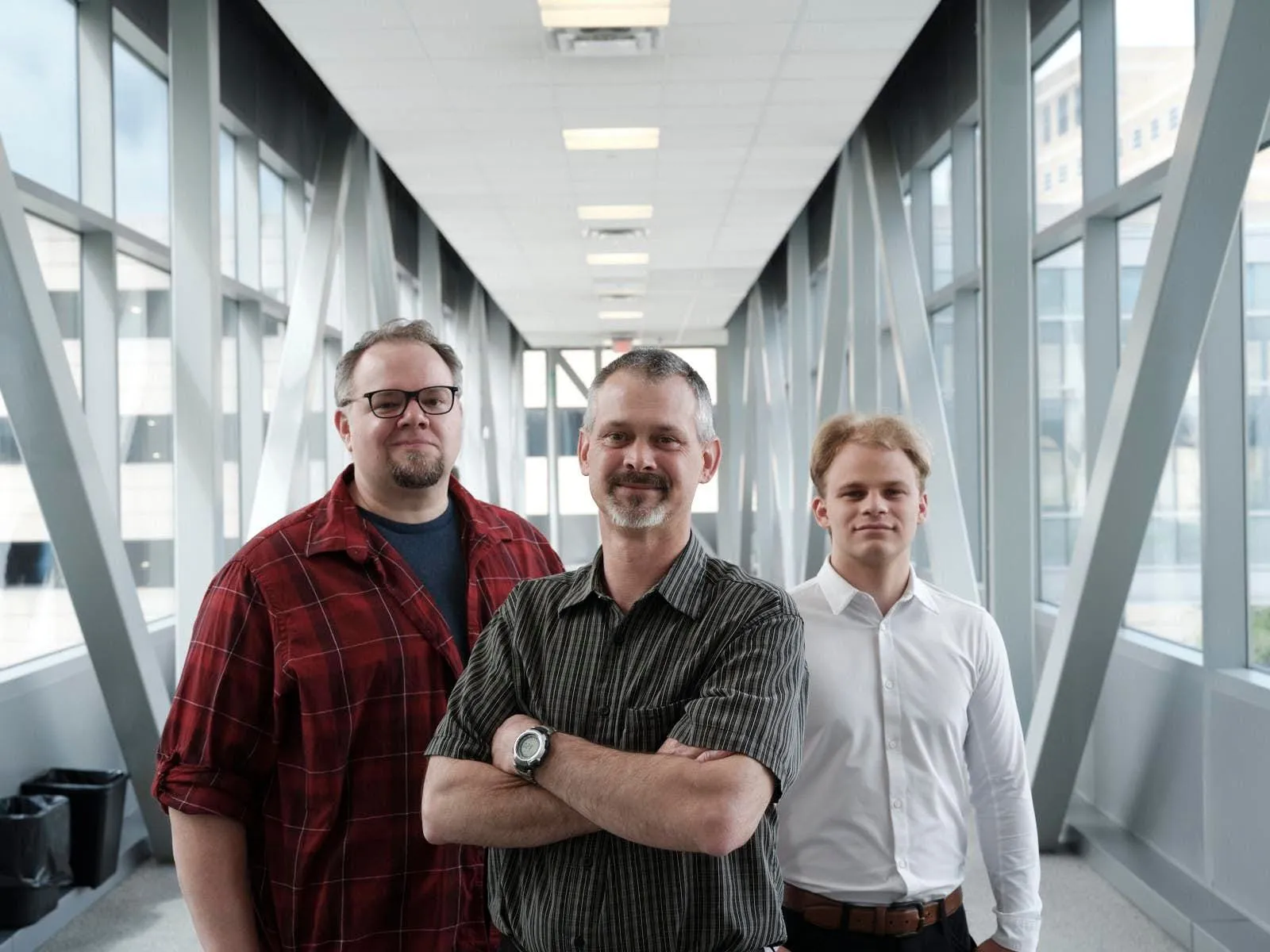Indiana University School of Medicine and Andrew Nelson Push the Boundaries of Drug Addiction Treatment with Virtual Reality

Introduction to Virtual Reality in Addiction Treatment
Indiana University School of Medicine, in collaboration with Andrew Nelson, has unveiled a groundbreaking tool that employs virtual reality as a means to assist individuals battling drug addiction. This innovative method allows users to visualize the stark differences between the path of addiction and the advantages that come with recovery.
How Virtual Reality Works
The RelateXR platform immerses users in experiences where they can explore both the short-term allure of substance use and the long-term benefits associated with sobriety. By simulating these contrasting realities, individuals gain valuable perspectives that empower their recovery journey.
Benefits of Using Virtual Reality in Recovery
- Enhanced Visualization: Users can experience realistic scenarios that highlight the risks of relapse.
- Increased Engagement: The interactive nature of virtual reality captures the attention of users more effectively than traditional therapies.
- Personalized Experiences: Each session can be tailored to address the unique challenges faced by each recovering addict.
Future Implications
This pioneering work by Indiana University School of Medicine and Andrew Nelson sets a precedent in the healthcare sector, potentially transforming addiction treatment approaches. As technology continues to advance, integrating virtual reality into therapy could revolutionize how we tackle substance abuse.
This article was prepared using information from open sources in accordance with the principles of Ethical Policy. The editorial team is not responsible for absolute accuracy, as it relies on data from the sources referenced.